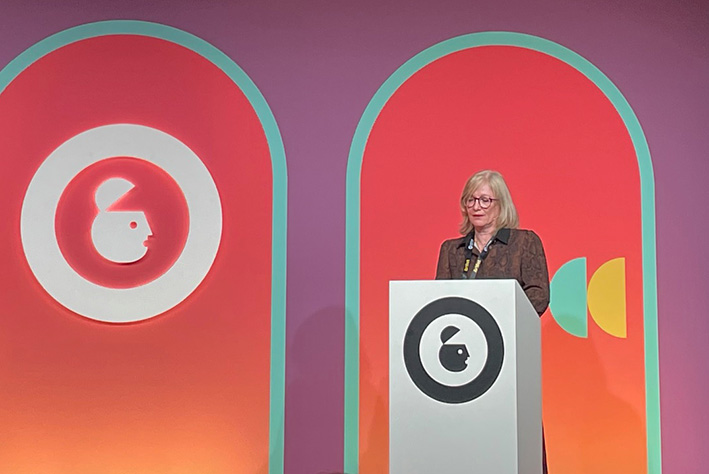Disney identifies 4 audience types in streaming landscape

Disney has identified four audience segments prevalent in streaming that advertisers should look to target: “social shapers”, “reflective explorers”, “empathetic escapists”, and “comfort connectors”.
The audience categories were explained as part of the Generation Stream: Global Edition research, revealed at Advertising Week Europe by Lucy Gregory, Disney Advertising’s vice-president, audience measurement and insight.
Social shapers want to keep up with popular culture as well as within their friendship groups, and actively seek out socially relevant content. They are most likely to “eventise” TV and share their viewings on social media. For this group, animation and reality TV are top genres.
Reflective explorers are more subdued than the first group but “they’re still looking to be engaged”, Gregory pointed out. They lean in to nostalgia, documentaries and long-running soaps.
Empathetic escapists find empathy through content and characters. They value alone time when streaming, therefore are most likely to watch content late evening and late night, with their biggest genres anime, science fiction, fantasy and superhero.
Finally, comfort connectors, who skew towards female, look for content to “enhance their mood”. Their top genres are comedies, romantic dramas, crime and history.
The study, which began in the US five years ago, is a “single-source, platform-agnostic view of the streaming consumer” that takes into account all streamers, not just those subscribed to Disney+, Gregory noted.
It covered 14 markets globally, including five in EMEA: France, Germany, Italy, Spain and the UK, involving 15,000 respondents.
Emerging EMEA trends
Gregory also identified four emerging trends in EMEA viewership highlighted in the study.
First is event streaming, with a noted rise in shared streaming experiences. The research found that 65% of respondents get together with friends and family, in person or virtually, to stream “big events”.
There is also a growing popularity in “big bingeing”, which Disney described as watching three hours or more of the same content in one sitting. It found that 23% of people self-identify as big bingers, while 69% binge TV shows or films at least weekly.
Meanwhile, 30% of participants said they like “niche” content. “We have the opportunity for our personal passion points to be reflected in our viewing,” said Gregory. She described this as a “different kind of collective viewing” in that, while it may be niche in one’s local area, that is not the case in global terms.
Finally, a growing number of streamers are interested in audio content rendered visually, in particular video podcasts.
Broaded trends highlighted by the research included a need for the “human-tech touch” — 76% of participants indicated they want video recommendations that included shows and films watched by friends and family.
This shows that personalised algorithms still have some way to go, with potential to incorporate recommendations from loved ones. As Gregory added: “Never let us underestimate the impact of the human touch.”
From Disney+ to dynamic ads: The evolution of programmatic TV in Europe
‘Pie is flat’: Disney EMEA sales chief sees lack of new TV advertisers




